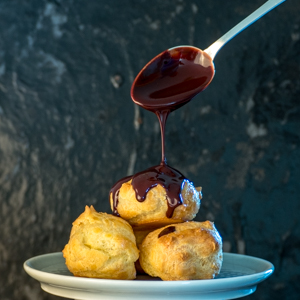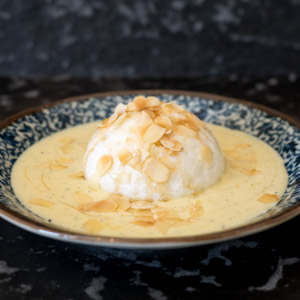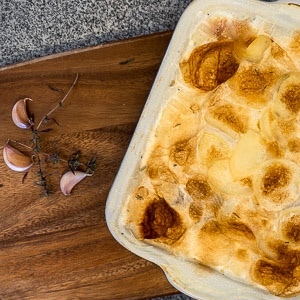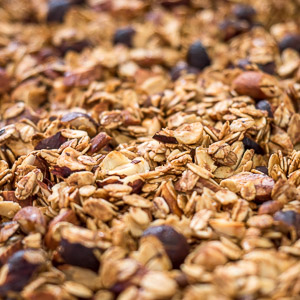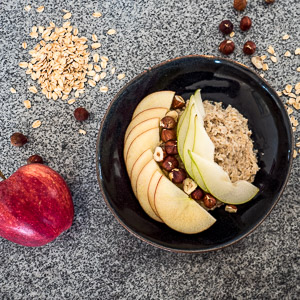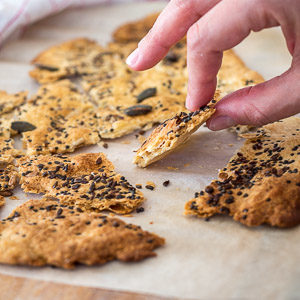Chocolate mousse and spoon cookies
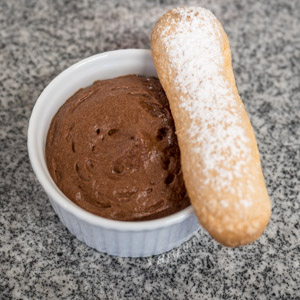
For this recipe, we’re going back to childhood with my mom’s “faster, you die” chocolate mousse (which disappears just as quickly as it is made, by the way) and spoon cookies to accompany them.
INGREDIENTS. Chocolate mousse (for 6/8 people):
- 250gr of dark chocolate
- 6 eggs (6 whites + 5 yolks)
- 125gr of butter in pieces
- Optional flavor: cognac, spices, citrus zest …
NOTE. A yolk is not used in the recipe, but it will be used in the spoon cookie recipe.
RECIPE. Chocolate mousse
Chocolate mousse
NOTE. Using a double boiler (a bowl over a saucepan with a little water) helps make sure you don’t overheat the chocolate. Indeed, chocolate melts at 36 ° C, but it burns at 55 ° C, so if you put it to melt directly on the fire, you have to be very careful, the bain-marie allows you to be more serene. Nevertheless, the material remains fragile and it is necessary to watch the cast iron.
ETHICS. Chocolate deserves several hundred of articles which I cannot develop here. Better keep in mind that this is a precious material. We should never forget that our knowledge of this product is linked to the history of Mesoamerica and the Aztecs, who were invaded, decimated and whose culture was destroyed. We would also like to recall here that in 2011, its culture employed 1.8 million children in Ghana and Côte d’Ivoire. It is therefore important to fight against this scourge and to choose suppliers who work against this type of practice.
HISTORY. Xocoatl is a Mesoamerican drink (from Mexico to northern Central America) made from fermented, roasted and crushed cocoa beans used by the Aztecs for over 110 years BC. It is a luxury product that serves as a bargaining chip. The conquistador Cortès discovered it in 1519 and brought it back to Europe in 1528. But it was only successful in 1534 when the idea was to add honey to reduce its bitterness. Its trade in Europe began in 1585 using Mesoamerican slaves. The first chocolate factory opened in London in 1657.
Once the chocolate has melted, transfer it into a salad bowl and add the butter. Mix until the butter is incorporated. Then add the egg yolks without stirring too much.
If you want you can add flavoring at this stage.
Whip the egg whites until stiff, not too firm as they would be too hard to incorporate. Gradually add them to the chocolate mixture. To prevent the egg whites from sagging, mix gently with a spatula, trying to coat the whites with the cocoa mixture. Add more whites when the previous addition is already well incorporated, around 80-90%.
Pour either into individual ramekins or into a bowl to share.
Cover and let set for at least 6 hours in the refrigerator.
INGREDIENTS. Spoon cookies (for about 30 pieces):
- 4 eggs (4 yolks + 3 whites)
- 75gr of caster sugar (= fine)
- 92gr of flour
- icing sugar
NOTE. A white is not used in the recipe, but it was in the chocolate mousse recipe.
NOTE 2. Spoon cookies can be used for charlottes or tiramisu, or more simply as a snack, dipped in your favorite drink.
NOTE 3. Spoon cookies are distinguished from ladyfingers by the clarification of the eggs (separation of yolks and whites). By doing this clarification, the whites can be whipped to snow and make these cookies softer.
HISTORY. Short story, the origin of the recipe is once again Italian with Catherine de Medici. On the other hand, it would be Antonin Carême, cook of Talleyrand, who, while the cookies molded with a spoon did not fit into the Madeira glass to be soaked there, would have had the idea of pouring the dough into a funnel attached to the ceiling to make thinner cookies. This would be the version 1.0 of the pastry bag.
RECIPE. Spoon cookies
Preheat the oven to 200 ° C.
Sift flour.
NOTE. In pastry making, the flour is always sifted in order to avoid impurities and lumps. I don’t always write it down because it is not essential in the practical and “everyday” recipes that I suggest here. However, for this recipe it is really necessary to sift it.
Likewise, pass the egg yolks through a sieve or colander, they will be easier to incorporate later.
Start whipping the egg whites slowly (half the strength of your appliance, certainly), and gradually add the sugar until the texture is firm (it remains trapped in the whisk). Add the egg yolks, stirring with a spatula as gently as possible so as not to break the egg whites. Add the flour, again, stir gently by enclosing the flour in the egg whites little by little. Do not mix more than necessary.
When the mixture is homogeneous, poach your cookies on a baking sheet lined with baking paper. Either with a pastry bag, or with a tablespoon (the cookies will be larger and therefore softer).
Sprinkle with icing sugar for the first time. This will melt on contact with the dough, this is normal. When it is melted, sprinkle a second time with icing sugar and bake for 8 to 10 minutes depending on your oven.
Bon appétit !

